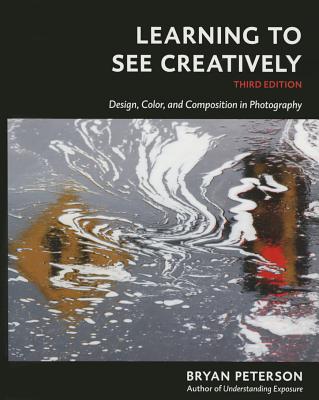
Valenzuela, Roberto
Whether you use small, portable strobes or hot shoe flash, flash photography has always been daunting for most photographers. Without a system and workflow for thinking about and working with flash, you can easily end up feeling stuck, or you end up flailing--randomly changing settings, positions, and modifiers--and hoping for the best. It's not surprising that this leads to failure and frustration.
Enter bestselling author Roberto Valenzuela and the Picture Perfect Flash System, which he created to empower you to finally conquer your flash and create photographs that fulfill your intention and vision. There are two key components to this system, which Roberto calls FACES and NAME. The FACES component provides a framework for thinking about how you want or need to use flash in a particular scene:
- - Fix the Light: Do you need to fix a low light problem, an unwanted color cast, or a situation with poor quality of light?
- -Add Light: Do you need to add more light to boost or enhance the available light or create separation?
- -Create a Mood: Are you using light to create a desired mood for a location or subject?
- -Effects with Flash: Are you using flash for creative visual effect?
- - Sculpt the Light: Do you need to sculpt the light to add drama, shape, and contouring?
Once you've found your purpose for the light, the NAME component provides an essential workflow for carrying out your flash photography in a methodical way so that you get consistent and predictable results:
- - Number of Flashes: How many flashes do you need?
- - Angle of Flashes: Where do the flashes need to be positioned?
- - Modifiers for Flashes: How do you need to modify your flashes?
- - Energy of Flashes: What power do the flashes need to be?
The Picture Perfect Flash System is covered in Part One: The Flash Advantage, which is the core framework of the book. In Part Two: Flash Basics Explained, Roberto covers the flash features you need to know: TTL, Manual, 1st and 2nd Curtain Sync, High Speed Sync, and Channels and Groups. Finally, in Part Three: Dynamic Flash Exercises, Roberto gives you a dozen lighting exercises that will substantially hone and advance your skills. With Picture Perfect Flash, you'll finally be able to conquer your flash...and make the kind of portraits you've always wanted to create.
TABLE OF CONTENTSForeword by Miss Universe, R'Bonney Nola Gabriel
Introduction
PART ONE: The Flash Advantage
Chapter 1: The Picture Perfect Flash System
Chapter 2: Fix the Light
Chapter 3: Add Light
Chapter 4: Create a Mood
Chapter 5: Effects with Flash
Chapter 6: Sculpt the Light
Chapter 7: NAME: Your Game Plan
PART TWO: Flash Basics Explained
Chapter 8: TTL: Let the Flash Decide
Chapter 9: Manual Mode
Chapter 10: 1st Curtain Sync, 2nd Curtain Sync, and High Speed Sync
Chapter 11: Channels and Groups
PART THREE: Dynamic Flash Exercises
Chapter 12: Lighting Exercises
member goods
listens & views

KARAOKE: NICKELODEON 2 / VARIOUS
by KARAOKE: NICKELODEON 2 / VARIOUS
COMPACT DISCout of stock
$9.75

SPIRIT OF POLAND: SZYMANOWSKI & ...
by SZYMANOWSKI / CHOPIN / BLUMENTAL / KORD / WAGNER
COMPACT DISC$9.99





